New York studio Workstead shines a light on replica and restoration
Brooklyn-based interdisciplinary studio Workstead unveils Archetype, a collection that draws inspiration from the modernist and post-modern architectural lighting forms
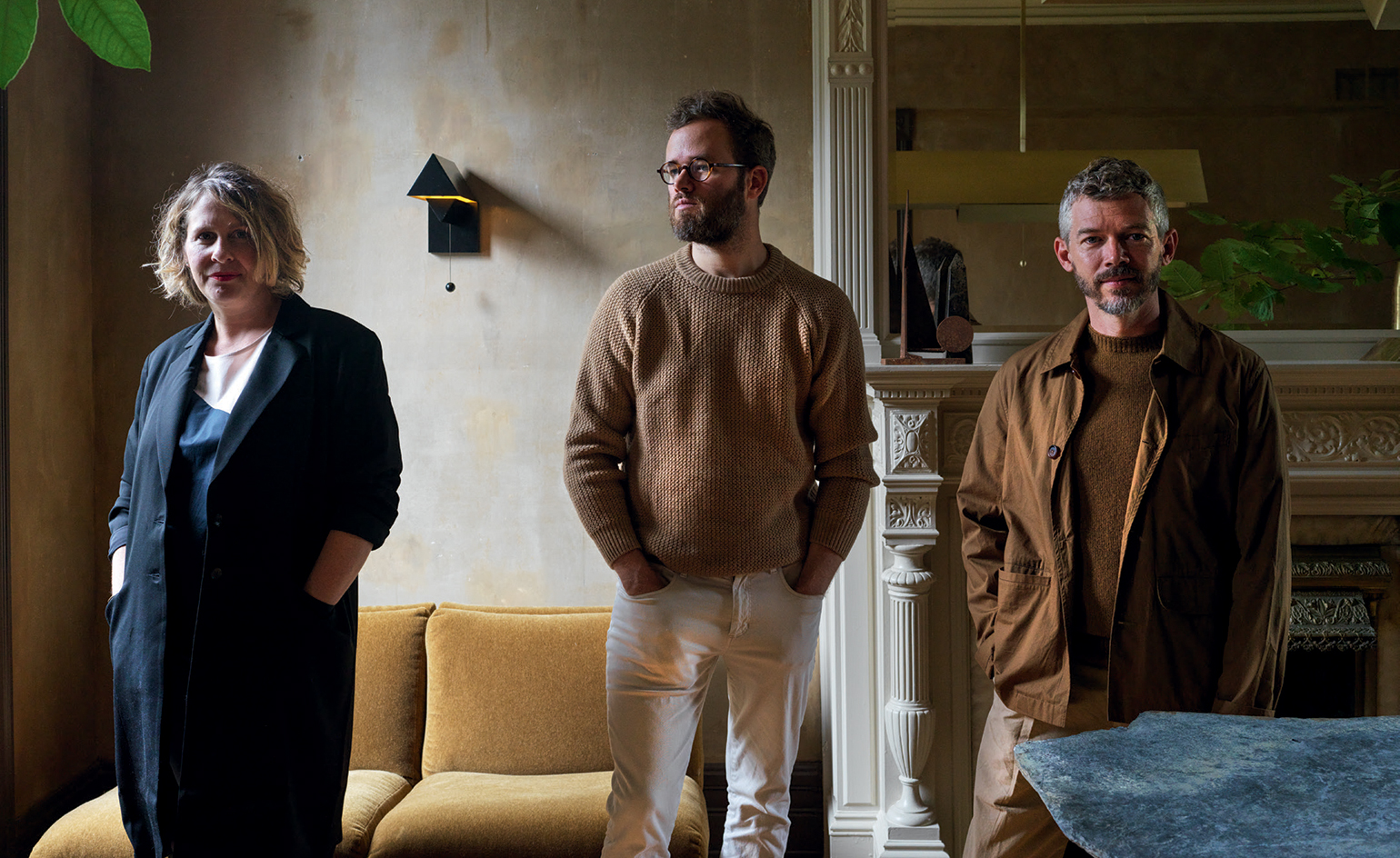
In recent years, the pervading American design aesthetic has been dominated by acres of reclaimed wood flooring, tarnished brass hardware and a reappropriated school chair or two. Somehow cutting through that predictably nostalgic offering is the sharp creative output of Workstead, a Brooklyn-based interdisciplinary studio that has worked across product and interior design since it was established in 2009.
Founded by Stefanie Brechbuehler, Ryan Mahoney and Robert Highsmith, who met while studying for a masters in architecture at the Rhode Island School of Design, Workstead has built a reputation for its one-of-a-kind approach towards residential and commercial projects, as well as its beautifully functional product and lighting collection.
It’s a sensibility that has clearly resonated. From its early interior design projects, such as the public spaces and bar of Brooklyn’s Wythe Hotel, to recent successes that include carving out a bakery from the alcoves of a historic office building in Tribeca, transforming a former motel and movie theatre into the Rivertown Lodge in Hudson, New York, and filling a restored carriage house in Charleston, South Carolina, with custom cane cabinetry, the studio shows an unwavering attention to detail.
The product arm of the firm is equally successful. Initially developed for the founders’ own homes and for private clients, before expanding into designs created for general sale, Workstead’s luminaire offering now consists of seven collections, with its latest, Archetype, being unveiled this month.
‘It’s been ten years since we founded the company and there’s been quite a dialogue between the products and the interiors studio,’ Highsmith says. ‘It was definitely the goal all along to have these two aspects of the company. This really stems from Stefanie’s time at Michael Graves, where she worked between undergrad and grad school. People either know us as an all-product studio or an interiors studio. We’re actively trying to fuse the two together while still creating distinct output. It was always the vision to design across all scales.’
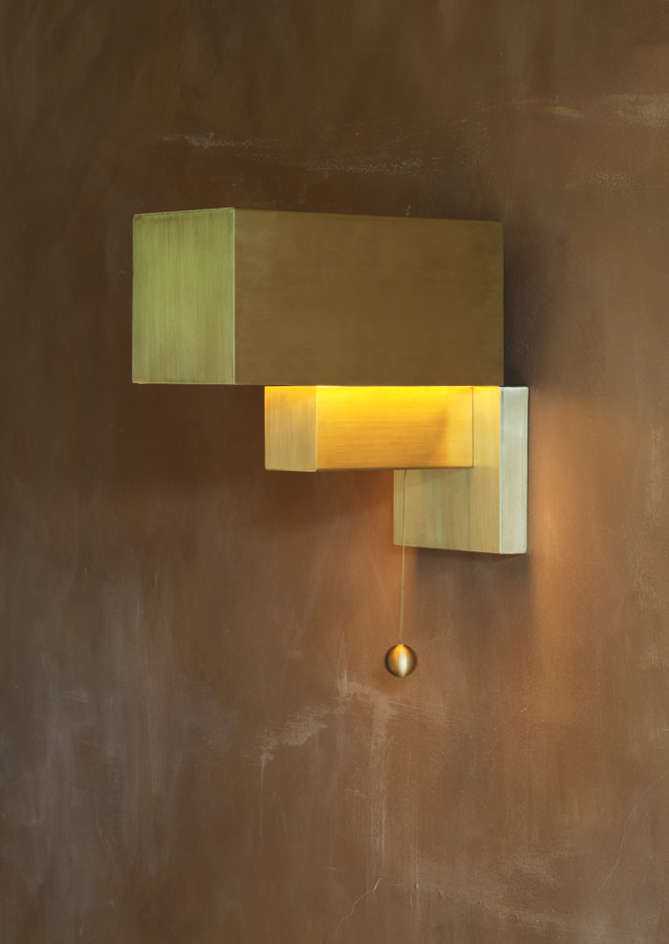
The ‘Block’ wall sconce, part of the Archetype collection, $1,250, by Workstead
He adds, ‘While our studio originated during the heritage-themed Brooklyn “moment”, we’ve always been drawn towards the essence of a material, rather than an appliqué, in our work. The spirit of nostalgia is still there in that we sometimes look to history to inform the ideas behind a given product or interior, but we are keenly aware of the line between replica and restoration. We celebrate the new for what is new, and restore the old when and wherever possible.’
Today, Workstead operates studio spaces in both Brooklyn and Hudson, where Brechbuehler and Highsmith live. The Hudson studio, which was set up in May, occupies a historic Queen Anne-style building and houses both a showroom and design studio devoted to the products arm. The studio is overseen by Highsmith, while Mahoney supervises the interiors projects in Brooklyn, with Brechbuehler serving as
a bridge between the two as special projects director. With its red bricks, carved sandstone façade, coverered ceilings and period details dating back to the 1880s, the Hudson space is an evocative representation of the company’s own philosophy of mixing historic and contemporary elements.
Its newest lighting collection, Archetype, draws inspiration from the modernist and post-modern architectural lighting forms created by the likes of Ludwig Mies van der Rohe, Louis Kahn, Philip Johnson and Alvar Aalto. ‘This collection was about
these very geometric typologies – the vault, the gable and the block,’ explains Highsmith. ‘I wanted to create pieces that were more monumental and more architectural in scale.’ Made from brass, nickel and bronze, the geometric elements that define the collection have been adapted into three typologies: chandeliers, floor lamps and sconces.
This month also sees the firm reveal the fruits of its first developer-led project in Brooklyn, One Prospect Park West, a 64-unit high-rise residential building. Workstead oversaw the interiors and drew up floor plans for the whole development, its largest undertaking to date. With the structure dating back to 1925, but never landmarked, there wasn’t much to preserve from the interior. But Workstead infused some essence of the building’s history into each of the units with simple crown mouldings, thinner boards of reclaimed heart pine flooring, and custom- made porcelain handles for the kitchen, which together evoke a sense of the pre-war era without seeming literal.
‘We always consider the context and try to be very sensitive in the spaces that we’re working in. Even our ground-up projects still require this sensitivity and ability to distil something down to its essential qualities, and really celebrate those things,’ reflects Mahoney. ‘We want to capture some of those beautiful ideas or be inspired by how things were made. It’s not about historic recreation. We still want to add our take on a lot of it.’
As originally featured in the November 2019 issue of Wallpaper* (W*248) – on newsstands now.
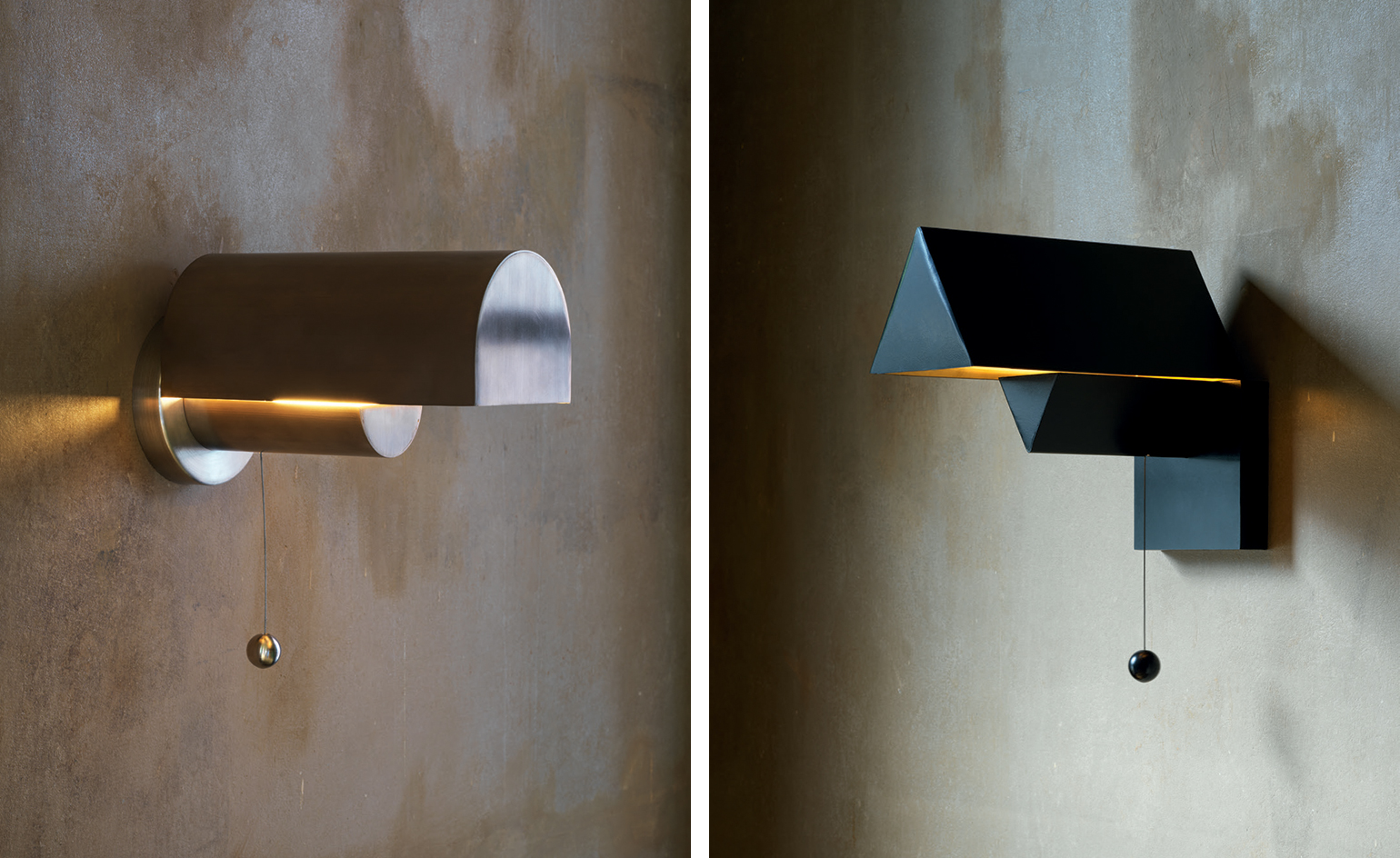
Left, the ‘Vault’ sconce; right, ‘Gable’ sconce, both part of the archetype collection, $1,250 each, by Workstead
INFORMATION
Receive our daily digest of inspiration, escapism and design stories from around the world direct to your inbox.
Pei-Ru Keh is a former US Editor at Wallpaper*. Born and raised in Singapore, she has been a New Yorker since 2013. Pei-Ru held various titles at Wallpaper* between 2007 and 2023. She reports on design, tech, art, architecture, fashion, beauty and lifestyle happenings in the United States, both in print and digitally. Pei-Ru took a key role in championing diversity and representation within Wallpaper's content pillars, actively seeking out stories that reflect a wide range of perspectives. She lives in Brooklyn with her husband and two children, and is currently learning how to drive.
-
 Winston Branch searches for colour and light in large-scale artworks in London
Winston Branch searches for colour and light in large-scale artworks in LondonWinston Branch returns to his roots in 'Out of the Calabash' at Goodman Gallery, London ,
-
 The most anticipated hotel openings of 2026
The most anticipated hotel openings of 2026From landmark restorations to remote retreats, these are the hotel debuts shaping the year ahead
-
 Is the future of beauty skincare you can wear? Sylva’s Tallulah Harlech thinks so
Is the future of beauty skincare you can wear? Sylva’s Tallulah Harlech thinks soThe stylist’s label, Sylva, comprises a tightly edited collection of pieces designed to complement the skin’s microbiome, made possible by rigorous technical innovation – something she thinks will be the future of both fashion and beauty
-
 Eclectic and colourful, Charlie Ferrer’s home reflects the interior designer’s personal and professional evolution
Eclectic and colourful, Charlie Ferrer’s home reflects the interior designer’s personal and professional evolutionThe New York interior designer invites us into his new Greenwich Village home: come on in
-
 A breathtaking exhibition celebrating modernism’s transatlantic ties soars above Manhattan
A breathtaking exhibition celebrating modernism’s transatlantic ties soars above ManhattanCurated by interior designer Andre Mellone, 'Crossed Trajectories' at Galerie Gabriel's penthouse explores connections between nomadic post-war creatives Jean Royère, Roberto Platé and more
-
 Kohler unveils ‘Pearlized’, an iridescent new bathroom finish with an under-the-sea backstory
Kohler unveils ‘Pearlized’, an iridescent new bathroom finish with an under-the-sea backstoryArtist David Franklin was inspired by glimmering fish scales and sunsets for this mesmerising debut
-
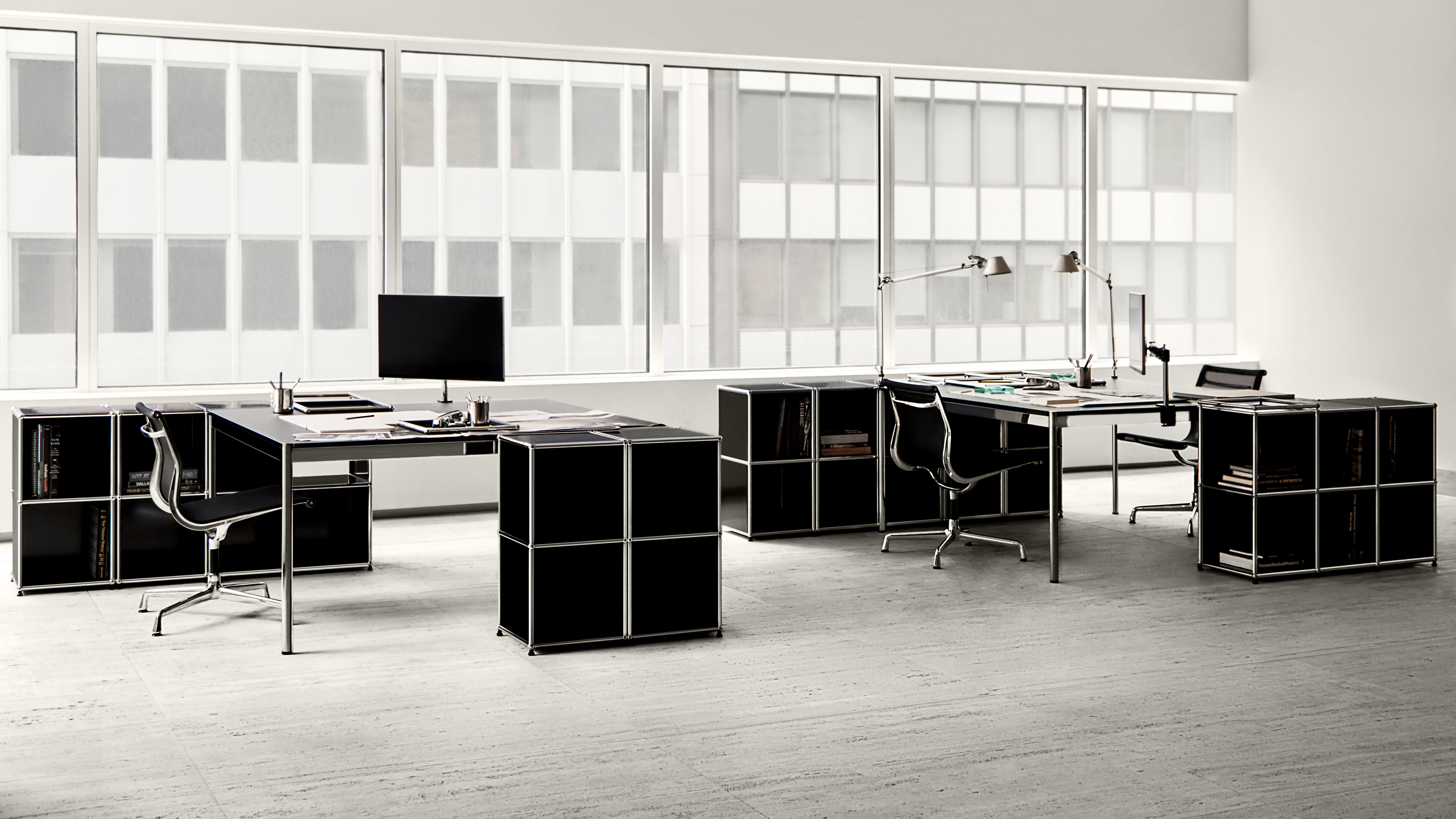 USM and Alexander May Studio present a monochrome meditation on the modern workspace
USM and Alexander May Studio present a monochrome meditation on the modern workspaceThese six flexible workspaces ‘encourage clarity of thought, calm, and self-definition’, says New York designer Alexander May of his partnership with the modular furniture brand
-
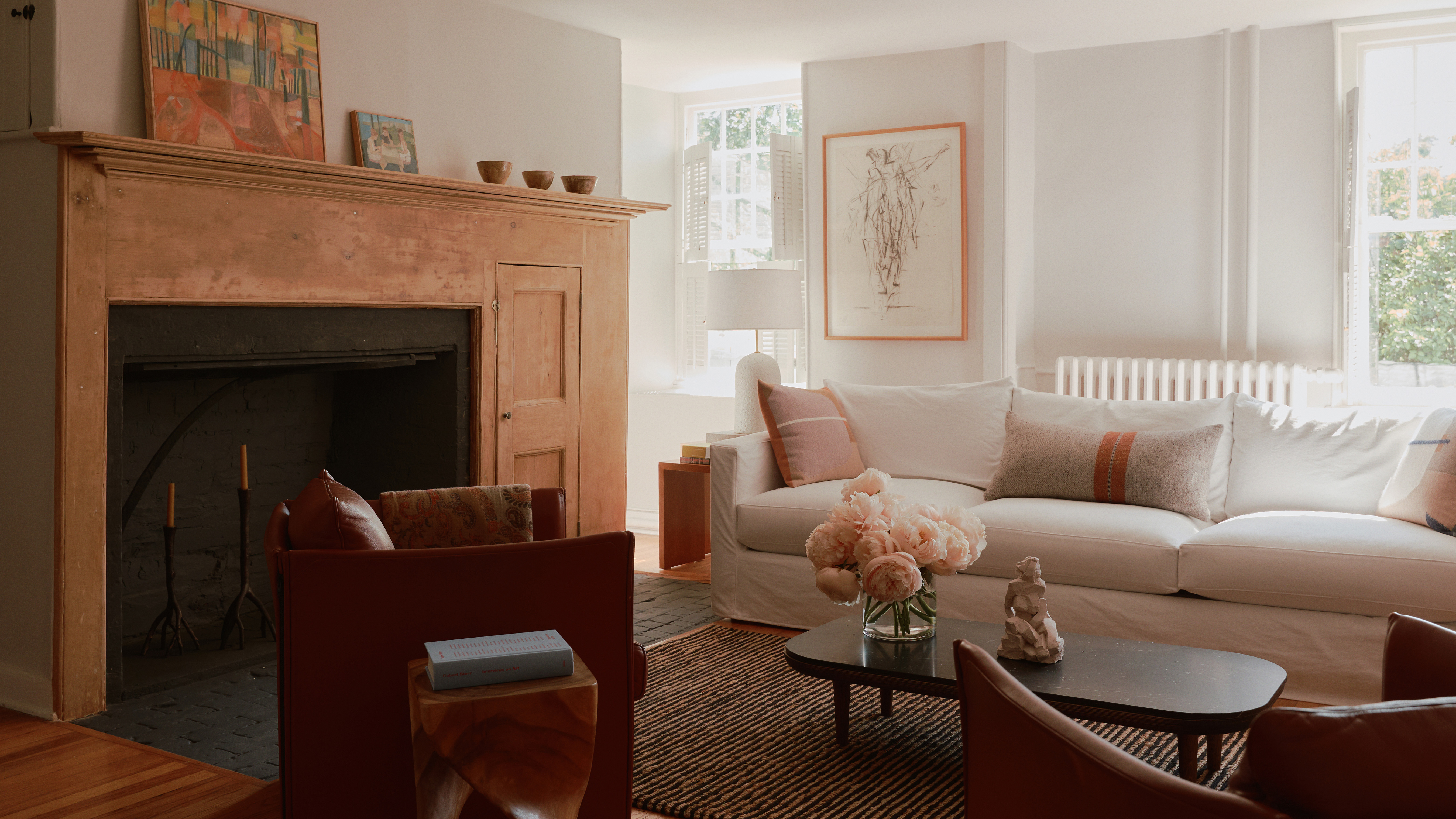 Once overrun with florals, this old Hudson farmhouse is now a sprawling live-work artist’s retreat
Once overrun with florals, this old Hudson farmhouse is now a sprawling live-work artist’s retreatBuilt in the 1700s, this Hudson home has been updated into a vast creative compound for a creative, yet still exudes the ‘unbuttoned’ warmth of its first life as a flower farm
-
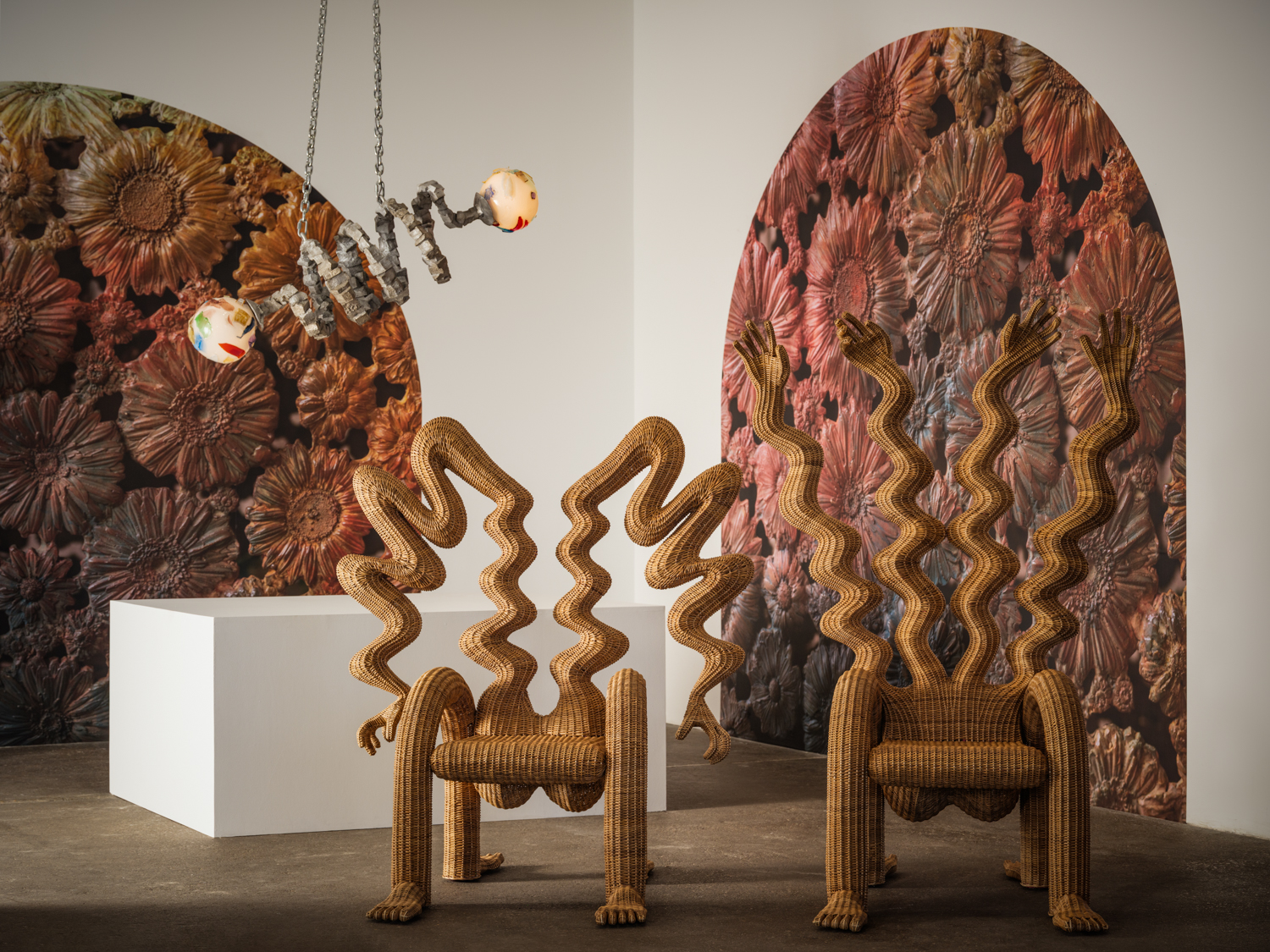 Chris Wolston’s first-ever museum show bursts with surreal forms and psychedelic energy
Chris Wolston’s first-ever museum show bursts with surreal forms and psychedelic energy‘Profile in Ecstasy,’ opening at Dallas Contemporary on 7 November, merges postmodern objects with Colombian craft techniques
-
 How an Austin home went from 'Texan Tuscan' to a lush, layered escape inspired by the Alhambra
How an Austin home went from 'Texan Tuscan' to a lush, layered escape inspired by the AlhambraThe intellectually curious owners of this Texas home commissioned an eclectic interior – a true ‘cabinet of curiosities’ layered with trinkets and curios
-
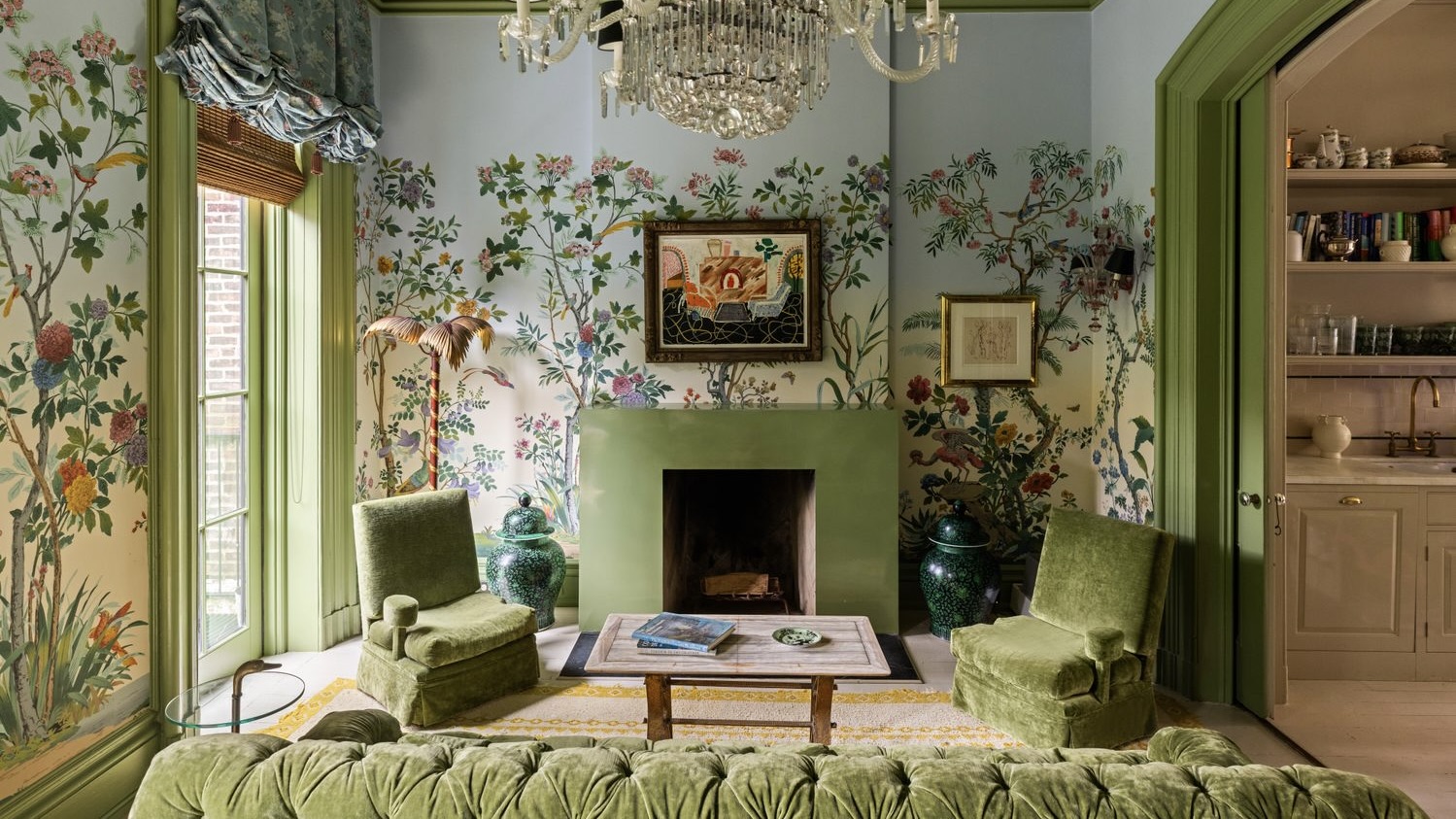 Inside Lily Allen and David Harbour's maximalist Brooklyn townhouse, now on the market for $8 million
Inside Lily Allen and David Harbour's maximalist Brooklyn townhouse, now on the market for $8 millionThe former couple have listed their Billy Cotton-renovated Carroll Gardens brownstone, which has been immortalised in Allen’s new album ‘West End Girl’